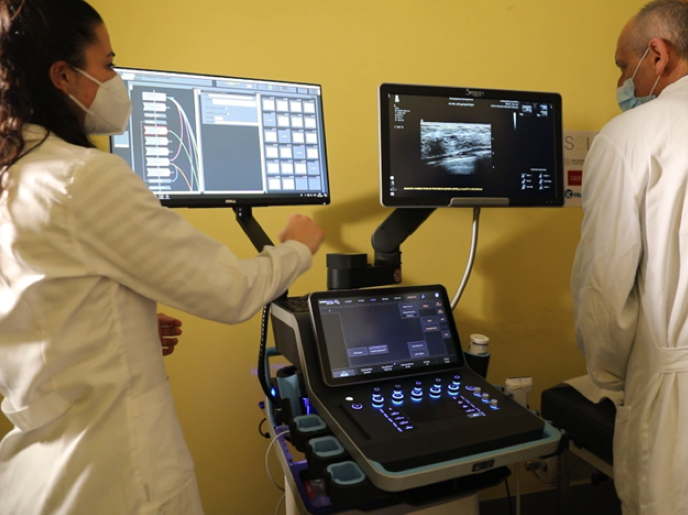A novel effective candidate drug combination for treatment of triple negative breast cancer
Most forms of breast cancer express the three target receptors ER, PR and HER2, and as such have more sustainable therapies. TNBC is difficult to treat successfully. Aptly named due to the lack of these three targetable receptors, the mainstay practice for TNBC in the clinic is to treat with non-targeted cytotoxic chemotherapies. Researchers with the EU-funded TRIPLECON project have already discovered with the aid of a European Research Council advanced grant that an inhibitor targeting cyclin-dependent kinase 9 (CDK9) strikingly synergises with drugs targeting the EGFR receptor family. This signals inhibition of cell proliferation of TNBC cell lines and directs these cells towards programmed cell death, apoptosis. The overall goal of the TRIPLECON project was to “exploit this novel finding and provide proof-of-concept (PoC) evidence that stalling CDK9 signalling may enable successful targeted combination therapy in TNBC,” outlines Prof. John Martens of project coordinator Erasmus University Medical Center, Rotterdam. The research team used TNBC patient-derived xenograft (PDX) mouse models in vivo to test the safety of the new synergistic treatment. Successful collaborations and drug synergies In collaboration with Prof. Shudong Wang’s lab at the University of South Australia, TRIPLECON researchers identified the optimal CDK9 inhibitor to be used with lapatinib as I-73. Lapatinib is a drug used to treat breast cancer that interrupts the HER2 and EGFR pathways. The combination therapy was successful, not only in TNBC cell lines, but also in organotypic cultures consisting of two or more cell types derived from PDX lines. When tested with EGFR-dependent cancers other than TNBC, such as colorectal and lung cancer, the drug combination was effective. Safety paramount When compared with each individual treatment, lapatinib/CDK I-73 proved safe in healthy mice. Moreover, the combination effectively inhibited RNAPOL2 activity, the direct target leading to downregulation of downstream target MCL1, the protein responsible for managing the delicate balance between viability without proliferation. This effect was not seen with either of the monotherapies. The work continues using final in vivo experiments in mice bearing TNBC xenografts to show that this drug combination is an effective partnership. Delays interfere with the initial objective “Our main delay was due to our internal ethical review board from the animal welfare body,” explains Prof. Martens. All the experiments requested by the internal ethical review board were completed within the timeframe of the project. “We were required to conduct a tumour progression efficacy study to first show that the drug combination is safe for healthy mice and that in mice bearing TNBC xenografts the treatments (lapatinib and the novel CDK9 inhibitor I-73) alone and in combination induced the expected pharmacodynamic effects,” Prof. Martens continues. As a result, the investigation fell short in fully completing the final aim of the PoC. Final steps in understanding action mechanism Prof. Martens sums up the significance of the TRIPLECON research so far and into the future. “We envisage that this PoC project will translate our identified successful synergistic treatment into an effective future novel and safe combinatorial targeting strategy benefiting TNBC patients.” The team are also trying to secure funding to functionally understand why this drug combination is effective in TNBC. This may lead to the use of the drug synergy against other forms of cancer.







